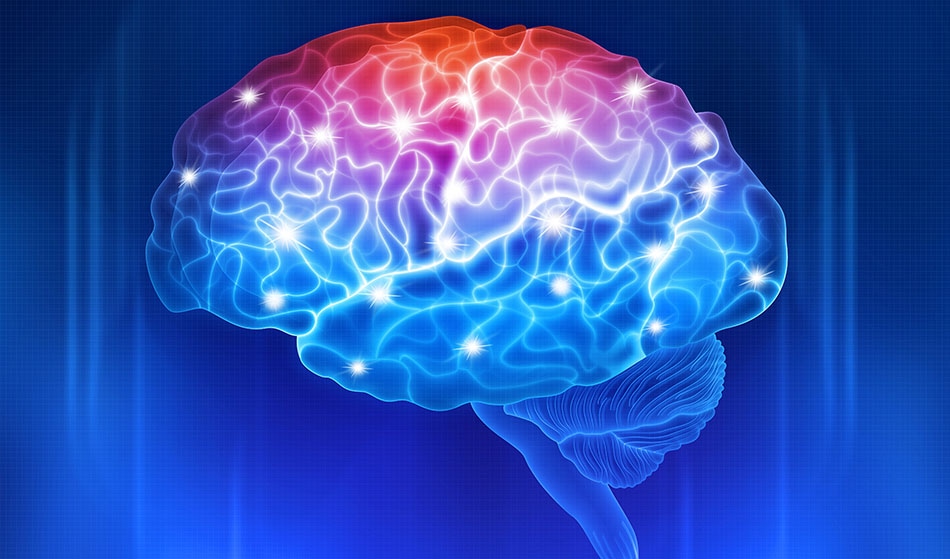A new microscopy technique called SUSHI – Super-resolution Shadow Imaging – has been developed to improve the imaging of cells in living brain tissue.
Microscopy is a rudimentary tool in probing the biology of organisms – humans included as out microscopic and nanoscopic cells are often of interest. Among those studied by scientists include living brain tissue, but current microscopy methods are limited to imaging only cells which have been previously labeled. Technical limitations mean that not all cells in a specific region of the brain can be labeled at the same time, which has limited the way cells are seen and restricted understanding of how the highly interconnected brain cells are organized and interact with each other.
 Image credit: Yurchanka Siarhei/shutterstock
Image credit: Yurchanka Siarhei/shutterstock
A new microscopy technique known as SUSHI has been devised to improve the imaging of cells in living brain tissues by labeling the tiny space of liquid surrounding the brain cells in one go, negating the need for individually tagging each cell of interest.
The SUSHI technique is revolutionary because it allows us to simultaneously image all the brain cells in a specific region of living brain tissue.
In the past, we used to come across blank spaces in the microscopy images, because we were unable to label all the cells at the same time. This fact was a big constraint for us. From now on, this technique will enable us to see all the cells in the area of study that we put under the microscope lens as well as all their interactions, and that will allow us to advance our knowledge of brain functions in a healthy organ and in a diseased one.
Dr. Jan Tønnesen, Researcher in the Ramón y Cajal Programme - UPV/EHU’s Department of Neurosciences
The technique involves combining 3D-Stimulated Emission Depletion (STED) microscopy – a fluorescence microscopy technique developed to overcome the limited diffraction resolution of confocal microscopes - and fluorescent labeling. The extracellular fluid is fluorescently labeled with a diffusible fluorophore that does not pervade cell membranes to give super-resolution shadow imaging of brain extracellular space (ECS) in living brain slices.
Labeling the space around the cell, rather the cell itself means the label or tag remains outside the cell, a kind of negative image like the films used in old-style cameras. As a negative imprint of all cells, it captures the anatomical complexity of brain tissues: it contains the same information about the brain cells as its equivalent positive image, but because the labeling process is more straightforward, it is easier to obtain the image and all the information it contains.
The researchers used mouse organotypic hippocampal slices to show that SUSHI gives “unprecedented optical access to the structure and dynamics of the ECS” and recorded distinctive ECS structural changes in response to a variety of physiologically relevant stimuli, including osmotic challenges, epileptiform discharges and glutamate uncaging.
“SUSHI enables quantitative analysis of ECS structure and reveals dynamics on multiple scales in response to a variety of physiological stimuli. Because SUSHI produces sharp negative images of all cellular structures, it also enables unbiased imaging of unlabelled brain cells concerning their anatomical context,” Tønnesen and his colleagues write in Cell. “Moreover, the extracellular labeling strategy greatly alleviates problems of photobleaching and phototoxicity associated with traditional imaging approaches. As a straightforward variant of STED microscopy, SUSHI provides unprecedented access to the structure and dynamics of live brain ECS and neuropil.”
It also reveals the micro-anatomical organization of live brain tissue in its entirety, meaning it possible to detect synaptic clefts, generate 3D reconstructions of unlabelled cells, visualize perineuronal spaces, and monitor cell migration while the surrounding anatomical context is also observable
Disclaimer: The views expressed here are those of the author expressed in their private capacity and do not necessarily represent the views of AZoM.com Limited T/A AZoNetwork the owner and operator of this website. This disclaimer forms part of the Terms and conditions of use of this website.